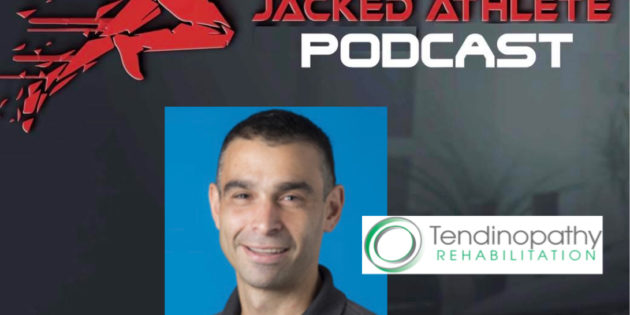Deep squats: “If you squat with extreme knee flexion, you squat below parallel, often with heavy weight, then your risk of patellar tendinopathy goes up.”
Load Tolerance and Biomechanics
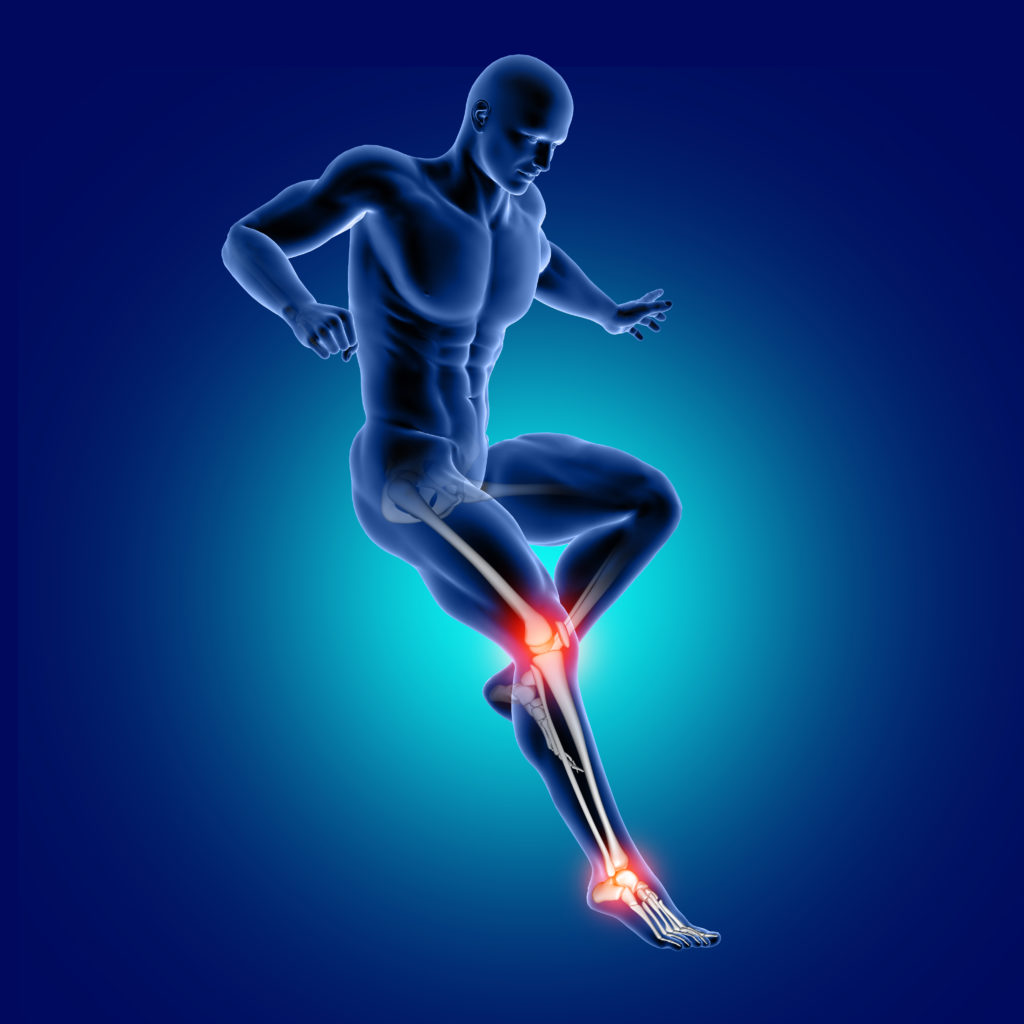
Load Tolerance: “The thing to work on primarily… is load tolerance… that’s the simplest way of looking at a tendon problem.”
Load Tolerance for Jumper’s Knee: Load the knee extensor mechanism (leg extension, squats, deadlifts, step ups, split squats, lunges, leg press)
All the complexity, all the other risk factors: “Metabolic health… Past history… Hormonal factors… One of those other factors in the mix is biomechanical factors.”
“The load tolerance factors are by far, the most important factors, they’re the ones you always address. Whereas the biomechanical factors are only relevant for some people, because they’re a small part of the puzzle, they’re not the complete picture.”
Biomechanics for Jumper’s Knee: How they jump, how they land
Sliding scale of tendinopathy: “Load is the biggest factor. As you get older, and you develop other risk factors. Load becomes smaller as a risk factor and everything else becomes larger.”
Patellar Tendon vs. Patellofemoral
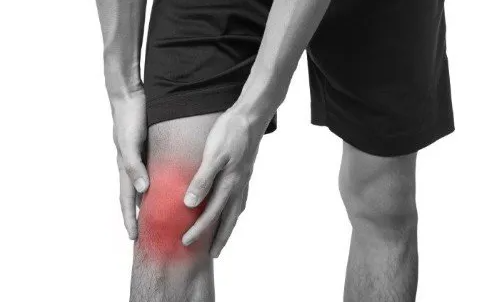
Patellar Tendinopathy: “They’re quite good athletes.”
“If you can’t jump high, you’re not going to put very high loads on the knee, so you need to be able to jump well.”
Patellofemoral Pain: “A whole spectrum of different body types and presentations.”
Bimodal distribution for patellar tendon: “You get it when you’re very young, 14. And then you get it when you’re in your late 30s and you’re still trying to do the stuff that you were really good at when you were 18-19, i.e. jumping.”
Fast vs. Slow Loading
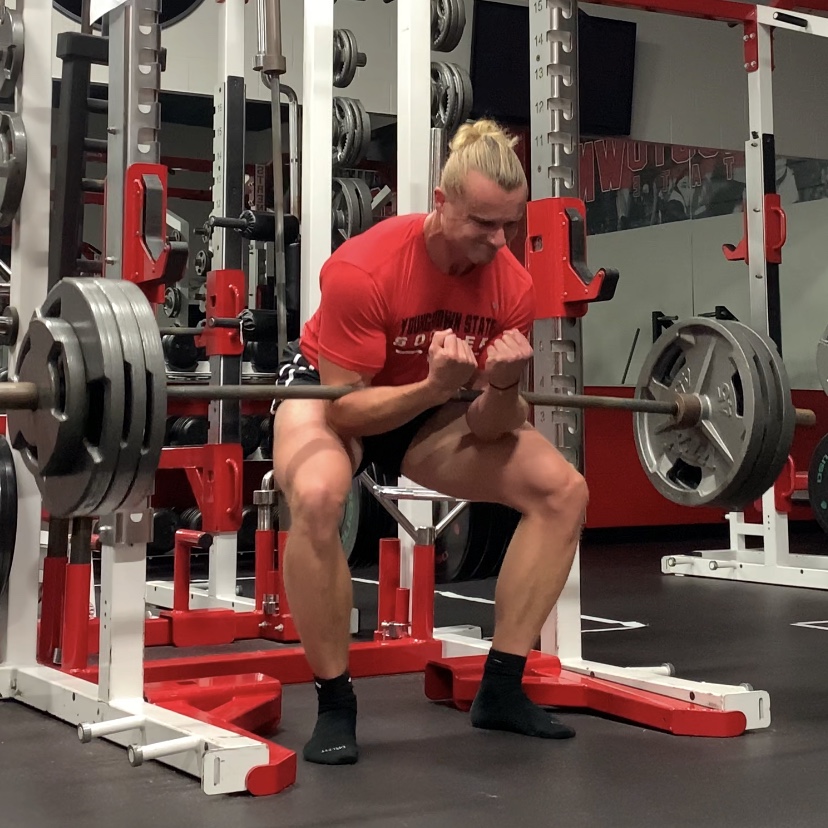
SLOW: Heavy isotonic or isometric: “This type of load generally leads to adaptation of healthy tendon tissue.”
“You don’t get a tendon problem if you’re in the gym doing stuff.”
“Heavy fast can lead to injury if it’s brought on too quickly.”
“When you start to add speed to things… the tendon becomes the main driver of that activity.”
Can the tendon adapt to light weights?
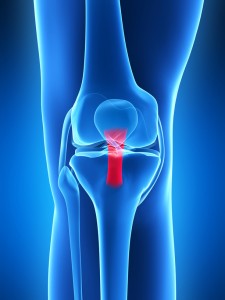
To get tendon adaptation with lighter weights: “If you’re doing over 2-minutes of loading at a high intensity, then that’s generally good. If the intensity goes down, just increase the loading time a bit.”
Intensity of loading is recommended at 70% or more. If it drops to ~50%, maybe the length of loading needs to increase. (e.g. 70% for 45-second holds. 50% for 75-second holds).
Pathology
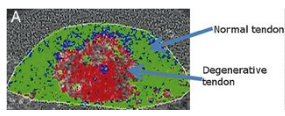
“Pathology in a tendon doesn’t completely reverse.”
“Pain can improve and you can still have these pathologies in the tendon.”
“I can see people coming back after I haven’t seen them for 5 years… and I often see the tendon looks much better on scanning.”
On what’s going on to resolve pathology:
- “Whether the tendon just takes a very very very long time to adapt.”
- “Whether it partially adapts.”
- “Whether we’re not doing the right things to make it adapt faster, we just don’t know at the moment.”
Viscoelasticity
“If you’re loading a tendon that’s just so thick and full of those ground substance molecules and water, you’re not really getting much loading on the cells.”
“Common sense prevails”. General guidelines for tendons:
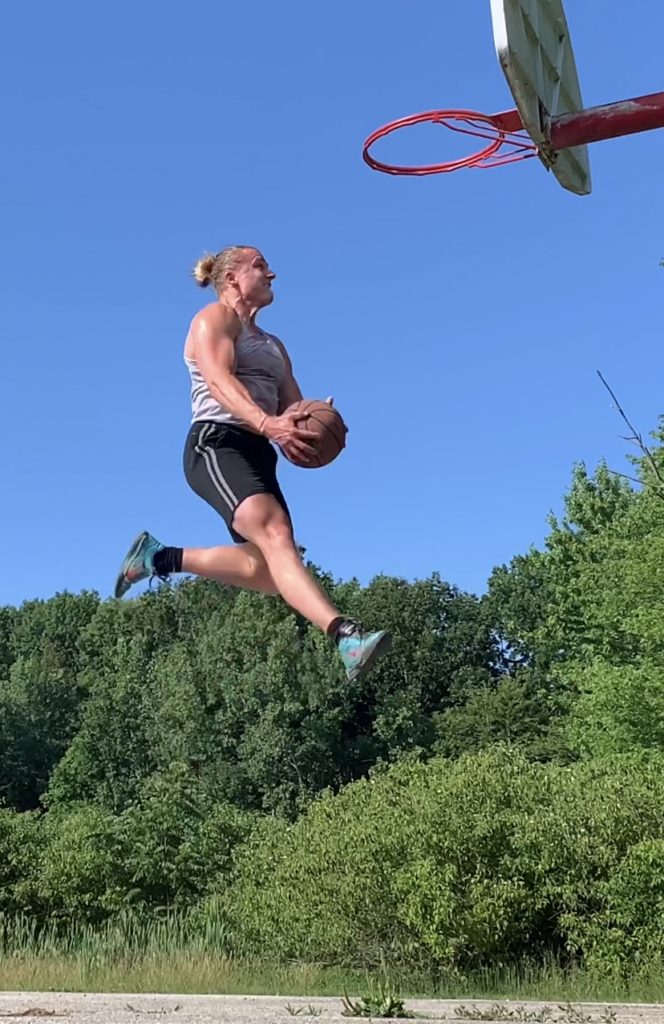
- Give adequate rest to recover
- Be gradual with how we increase people’s load
- Don’t load them in a silly amount everyday
Website: https://www.tendinopathyrehab.com/
